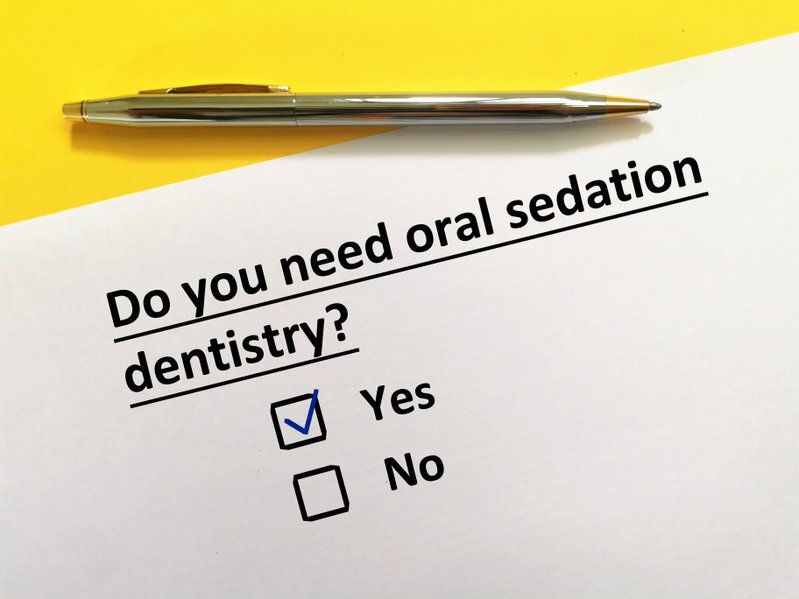Does Sedation Dentistry Work For More Complicated Interventions?
- By Mary Marks
- •
- 20 Sep, 2022
- •

Among the most common and sometimes complicated dental interventions we could include implants. Many people are so terrified of the mere idea of going to the dentist, that they would refuse even a routine check-up.
The oral sedation dentistry Highlands Ranch clinic can be very efficient even in the case of really scary, complicated interventions, such as the root canal procedure. The so-called “root canal” refers to a procedure meant to save a tooth from being extracted. It involves removing an infected root, after which the tooth is cleaned. After that the tooth is filled and sealed with a synthetic compound.
Since root canal usually takes about 2 hours, the treatment can be completed, with sedation, within just one session. However, sometimes a second session can also be necessary. Because of the anesthesia, this procedure does not hurt more than a tooth filling usually does.
Tooth extraction is another dental procedure for which sedation and local anesthesia may be used. Depending on the complexity of the extraction, this may take longer or shorter. Dental implants can also a reason for patients to worry and need sedation.
As a conclusion, sedation dentistry can successfully be used for more complicated interventions, and it certainly can help patients feel more comfortable in the dentist’s chair.





Although oral sedation dentistry Highlands Ranch is one of the optionsavailable for managing anxiety and discomfort during oral surgery, you certainly do not need to use it all the time. As a matter of fact, the exact type of sedation or anesthesia that you receive during oral procedures may depend on various factors, such as the complexity of the procedure, your medical problems, as well as your doctor’s preferences.
There can be several different levels of sedation that can be used in oral surgery. Local anesthesia is one of them. This involves injecting anesthetic medication into the specific area where the surgery will take place. It numbs the area and is often used for less invasive procedures.
Oral sedation involves taking medication in the form of a pill to induce a state of relaxation and drowsiness. The patient is still conscious, but he/she may not be fully aware of the procedure. At any rate, sedation helps him/her get rid of anxiety.
In the case of intravenous sedation, medication is administered through a vein, which induces a deeper state of sedation than oral sedation. Patients may still be conscious, but they are less aware of their surroundings and may not remember the procedure.





